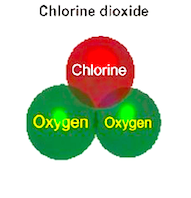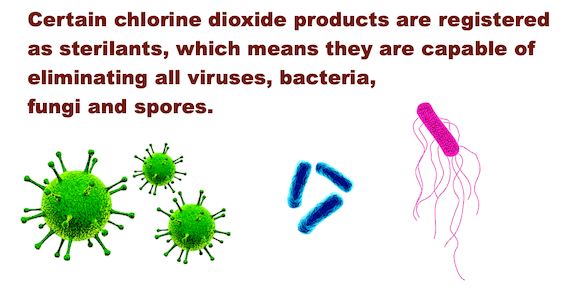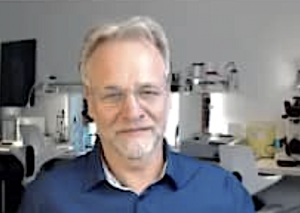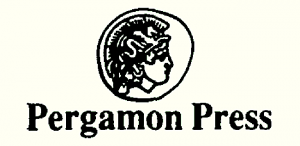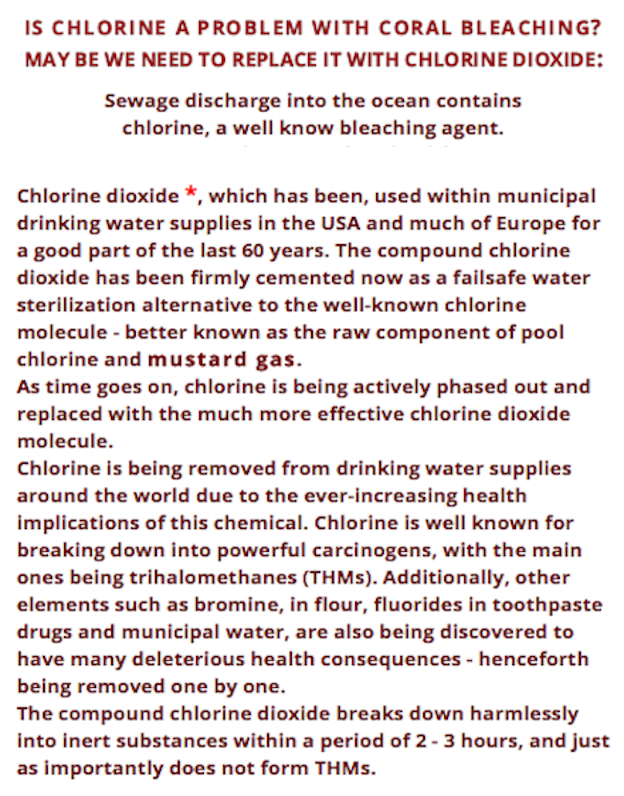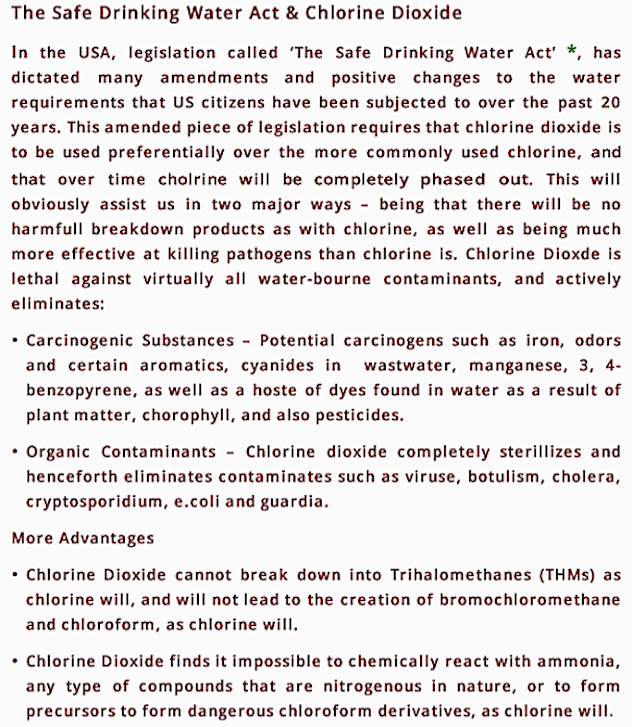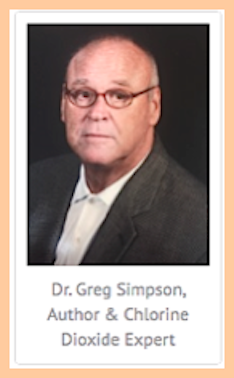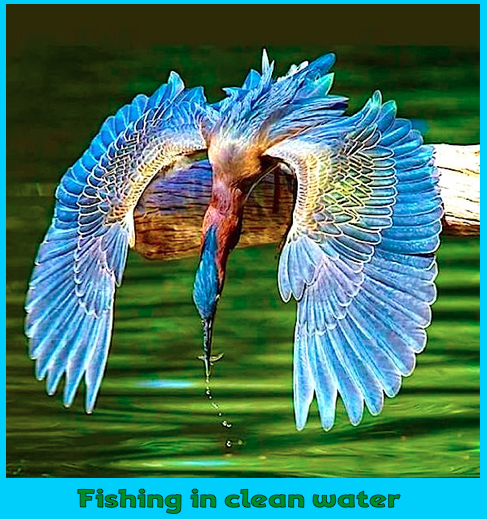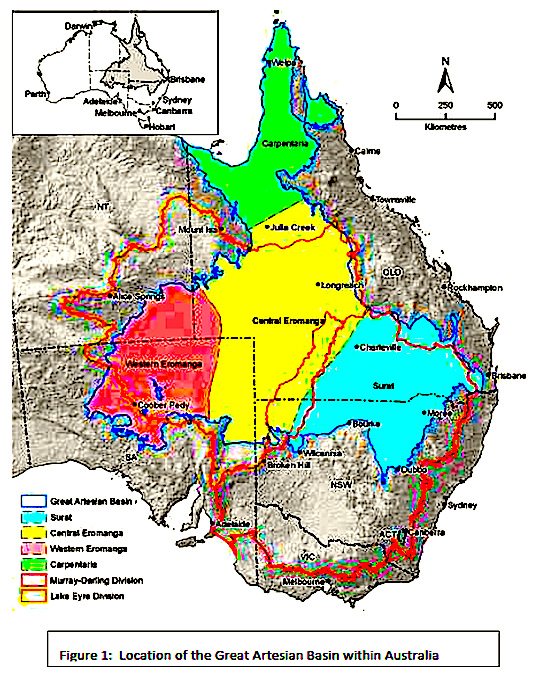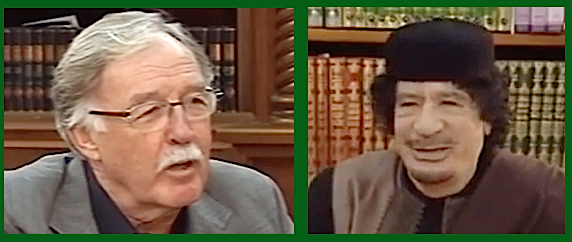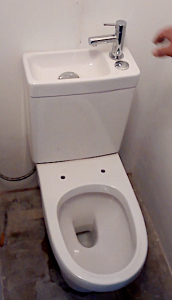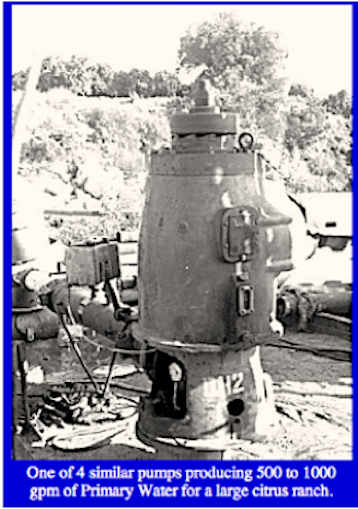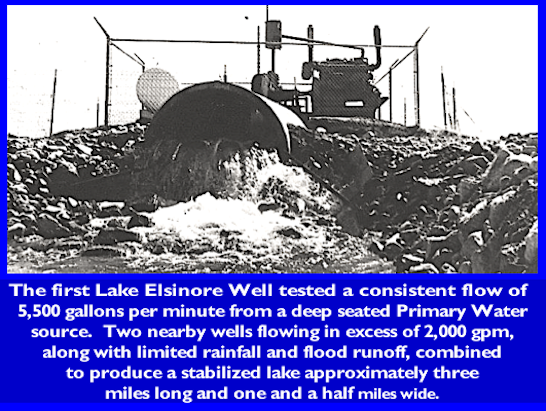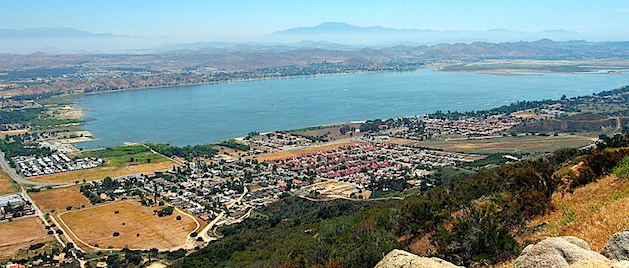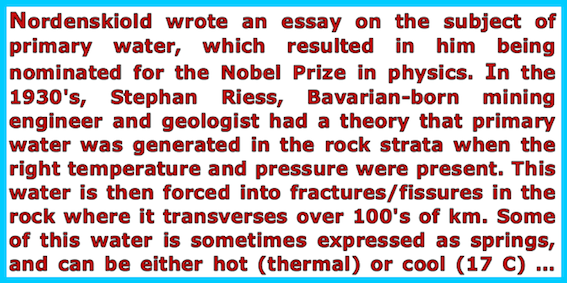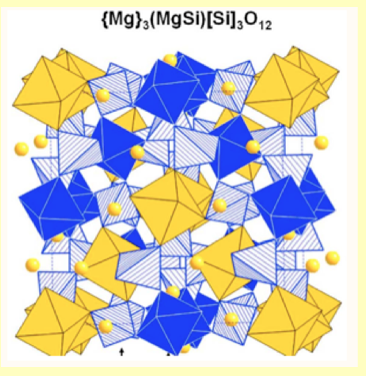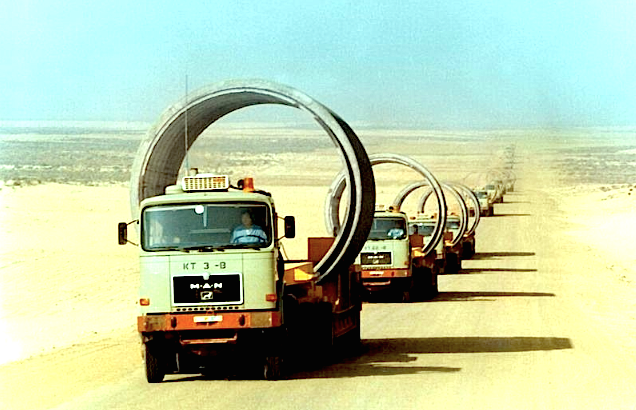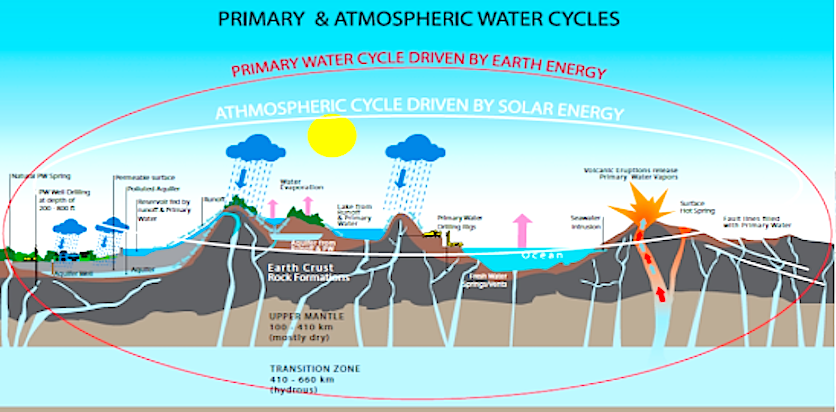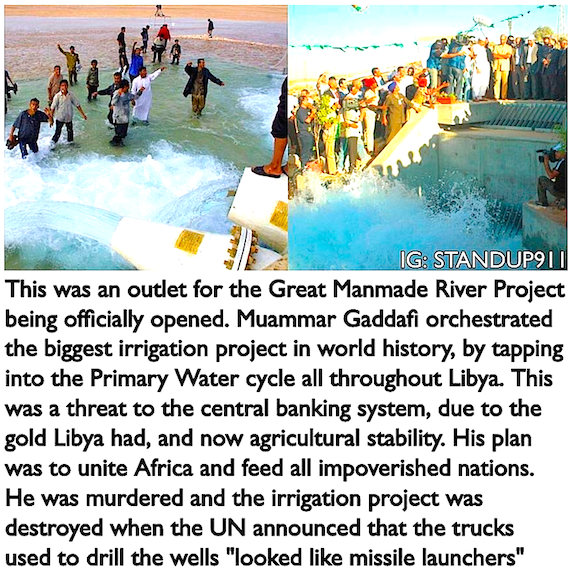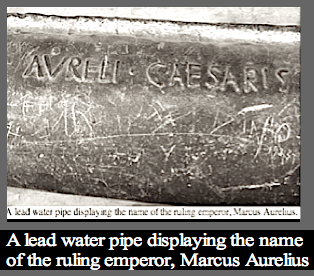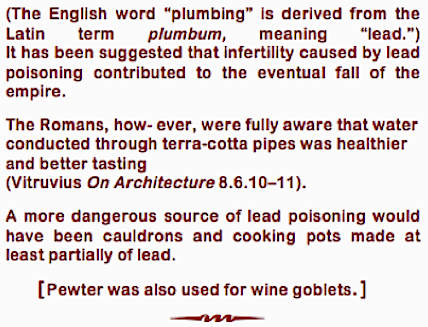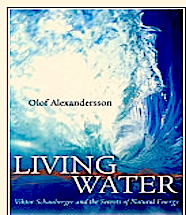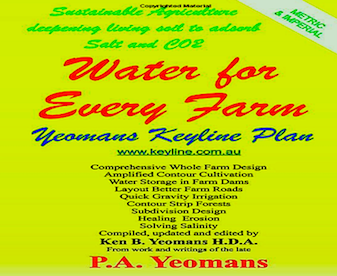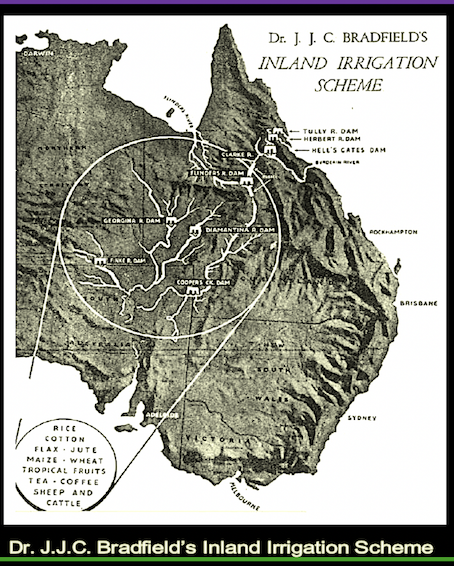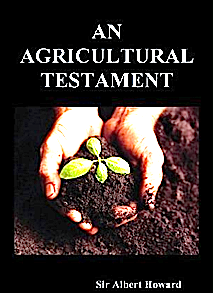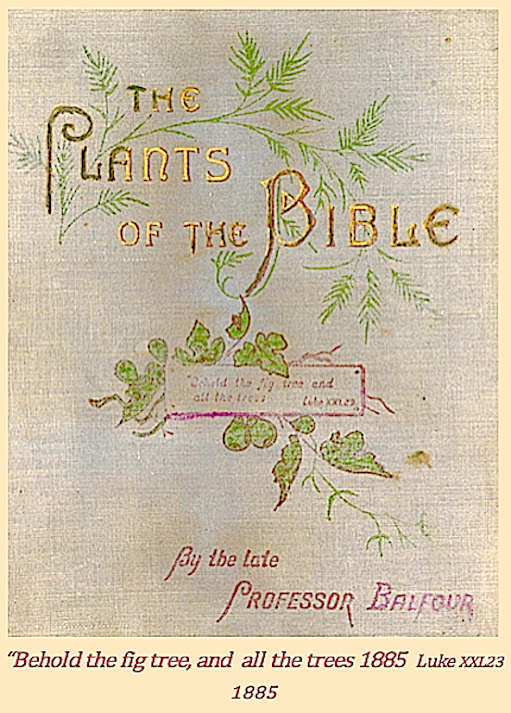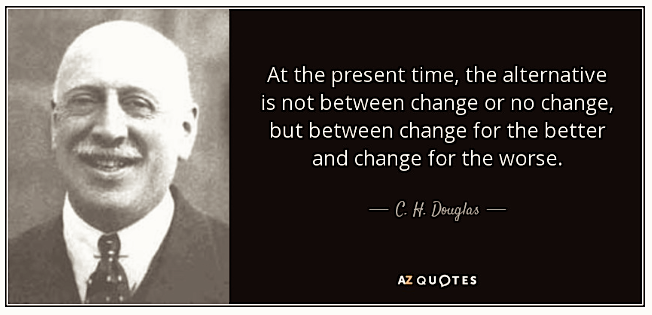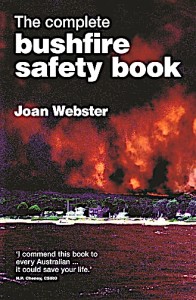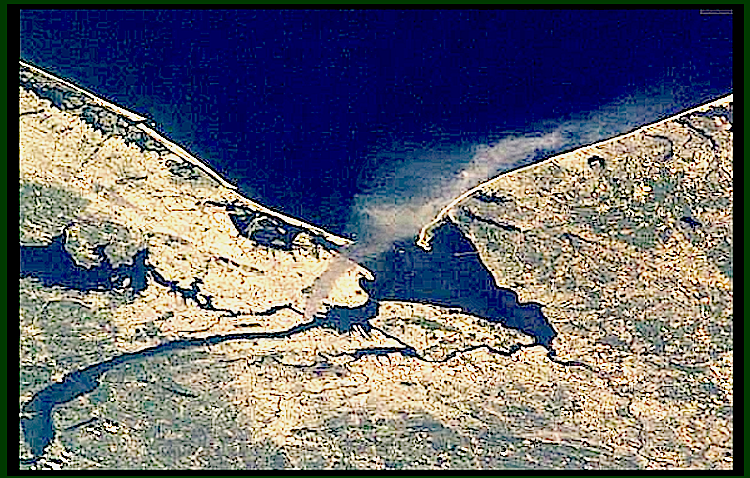Lewis * accused the American Physical Society of supporting
the global warming scam, driven with the trillions of
dollars – it has corrupted so many scientists.
Sulfur hexafluoride (SF6) is the most potent greenhouse gas
that it has evaluated, with a ‘g’ of 22,800 times that
of CO2 when compared over a 100-year period.
NF3 with a global warming potential of 17,000,
is now present in the atmosphere at four times
the expected level and rapidly rising.
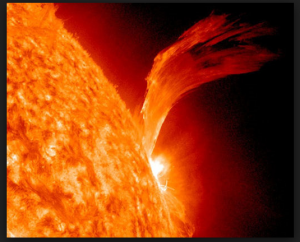

~ Last Update 11 Dec. – 2021 ~
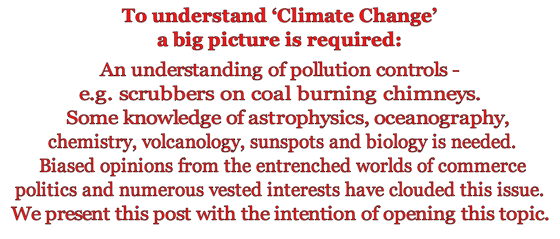
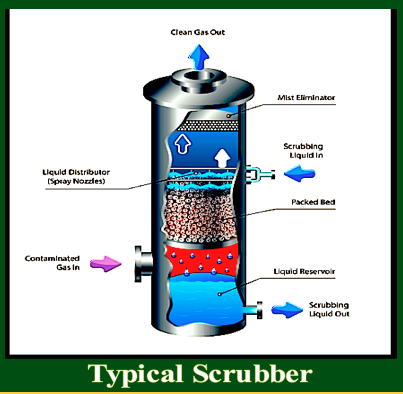

The European Commission

“Fluorocarbon Gases Are Generally Greenhouse Gases
⇒ with global-warming potentials 100 to 23,000 times ⇐
that of carbon dioxide. Organofluorine compounds
persist in the environment due to the strength
of the carbon–fluorine bond…”
………………………………………..
…………………………………
………………………..
………………….

“Mankind generally has never come to terms with soil.
All through history the fertility of soils been squandered and
great areas have eroded away and were abandoned. But…”

AXIOPISTY MAY BE LACKING

The CO2-Climate Change Global Warming Mantra
WE HOPE THAT THIS WEB SITE WILL ALERT OUR READERS TO SOME OF
THE MANY OTHER FACTORS, RESEARCH PAPERS AND OPTIONS FOR OUR FUTURE


↑ RECOMMENDED BY US ↑


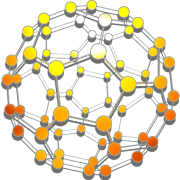




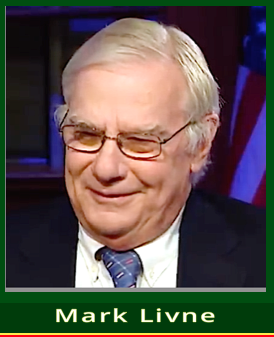


AND OPINIONS IN THIS DEBATE ↓ ↓ ↓ OVER 31,000 signatures.
* Harold Warren Lewis, a respected physicist who had previously advised both the U.S. Government and the Pentagon on various matters including missile defence and nuclear winter, shocked his peers when he disseminated his letter of resignation from the American Physical Society. Lewis accused the American Physical Society of supporting “ the global warming scam, with the trillions of dollars driving it that has corrupted so many scientists. ”


EPA – Sea level changes since 1880 ⇒ HERE

In the years 1421-22 the Chinese sailed around
the north and south poles, and though the
Northwest Passage, which was then ice-free.
They chiseled marks in the rocks on various headlands.
These marks are now below low water mark;
evidence of warmer times and oceans rising.
ICE FREE NORTH WEST PASSAGE
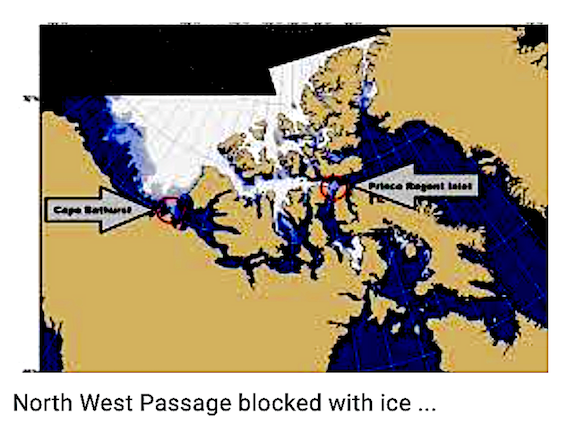


…But while the warming and loss of Arctic sea ice in the last 30 years is popularly attributed to mankind’s production of carbon dioxide from fossil fuel use, similar events occurred in the 1920s and 1930s, with disappearing sea ice, changing wildlife patterns, and the opening of the Northwest Passage in 1939 and 1940. Arctic temperatures were just as warm then as they are now…

See the five web sites below:
See also the book ‘Devining’ by Christopher Bird – ISBN 354 043889
 See →HERE
See →HERE

Piers Corbyn “…We need a world campaign
to clear out the fraud and clean up science…”.
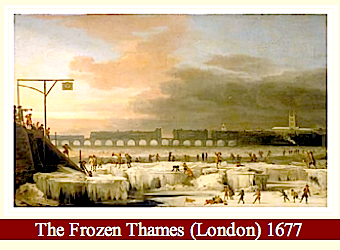

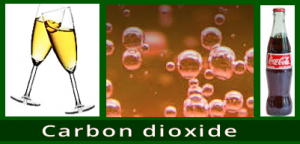
Carbon dioxide is NOT a hazard, to tax it makes no sense. – It is a breath tax !
Carbon dioxide as the single cause of climate change is the new
version of the non-event – ‘Millennium Bug’.

Sorry Al !
Our forests and our oceans all need MORE CO2:⇓


↑ A MUST WATCH – ONLY VERY SHORT ↑
An alternative explanation to anthropogenic global warming.
It certainly looks like all this global warming nonsense might just be a lot of hot air.

1) HYDROFLUORCARBONS (HFCs)
2) PERFLUOROCARBONS (PFCs)
3) SULPHUR HEXAFLUORIDE (SF6)
Sulphur Hexafluoride (SF6)
is a non flammable greenhouse gas.
It has an atmospheric residence time ranging from 500
to several thousand years according to the
intergovernmental panel on climate change.
SF6 is the most potent greenhouse gas that it has evaluated, with a ‘g’ of 22,800 times that of CO2 when compared over a 100-year period. Measurements of SF6 show that its global average mixing ratio has increased by about 0.2ppt per year to over 7 ppt.
Sulfur hexafluoride is also extremely long-lived. It is inert in the troposphere and stratosphere and has an estimated atmospheric lifetime of 800–3200 years. (ozone depletion.) Atmospheric lifetime and GWP relative to CO2 at different time.
-=-=-=-=-=-=-=-=-=-=-=-=-=-


By Staff Writers Norwich, UK (SPX) 16 March 2014 – Scientists at the University of East Anglia have identified four new man-made gases in the atmosphere–all of which are contributing to the destruction of the ozone layer.
New research published today in the journal Nature Geoscience reveals that more than 74,000 tonnes of three new chlorofluorocarbons (CFCs) and one new hydrochlorofluorocarbon (HCFC) have been released into the atmosphere.
Scientists made the discovery by comparing today’s air samples with air trapped in polar firn snow – which provides a century-old natural archive of the atmosphere. They also looked at air collected between 1978 and 2012 in unpolluted Tasmania. Measurements show that all four new gases have been released into the atmosphere recently – and that two are significantly accumulating. Emission increases of this scale have not been seen for any other CFCs since controls were introduced during the 1990s. But they are nowhere near peak CFC emissions of the 1980s which reached around a million tonnes a year. Lead researcher Dr Johannes Laube from UEA’s School of Environmental Sciences said:
“Our research has shown four gases that were not around in the atmosphere at all until the 1960s which suggests they are man-made.”
“CFCs are the main cause of the hole in the ozone layer over Antarctica. Laws to reduce and phase out CFCs came into force in 1989, followed by a total ban in 2010. This has resulted in successfully reducing the production of many of these compounds on a global scale. However, legislation loopholes still allow some usage for exempted purposes.
“The identification of these four new gases is very worrying as they will contribute to the destruction of the ozone layer. We don’t know where the new gases are being emitted from and this should be investigated. Possible sources include feedstock chemicals for insecticide production and solvents for cleaning electronic components.
“What’s more, the three CFCs are being destroyed very slowly in the atmosphere – so even if emissions were to stop immediately, they will still be around for many decades to come,” he added.
This research has been funded by the Natural Environment Research Council (NERC), the National Centre for Atmospheric Science (NCAS), the European Union, and the Commonwealth Scientific and Industrial Research Organisation (CSIRO).(Australia)
‘Newly detected ozone depleting substances in the atmosphere’ is published in the journal Nature Geoscience on Sunday, 9 March 2014.



Thank you C.S.I.R.O.
Full text → HERE ←

THIS LOOKS VERY PROMISING → HERE ← NEW

[The former] Climate Action Commissioner Connie Hedegaard said:
“Today marks the beginning of the end for fluorinated gases in Europe.
…Not only is this good for the climate, but also for the European
…industries that will invest in more innovative, cleaner alternatives…”


…IT MAY SOUND LIKE SOMEBODY’S IDEA OF A BAD JOKE,
but last month, a study from the Scripps Institution of Oceanography
reported that nitrogen tri-fluoride (NF3), with a global warming potential
of 17,000, is now present in the atmosphere at four times the expected level
and rapidly rising. Use of NF3 is currently booming, for products from
computer chips and flats-screen LCDs to thin-film solar photovoltaics,
an economical and increasingly popular solar power format…

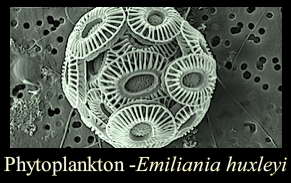
…They are highly reflective, causing more
light and heat to be reflected back out to space…


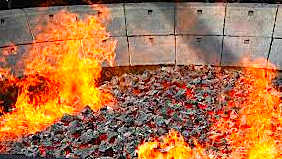 ⇓ Please note the difference ⇓
⇓ Please note the difference ⇓




October 2015 – Toronto – Comments from lecture by

Sydney White


Notice all the F. for fluoride ↓
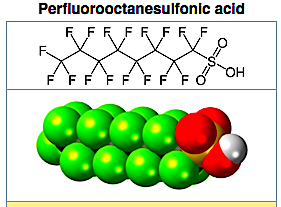
[ The RAAF once used harmless environmentally friendly fermented
blood and bone, and liquorice to make fire fighting foam. ]
EXTRACT: Hydrofluorocarbons (HFCs), perfluorocarbons (PFCs), sulfur hexafluoride (SF6) and nitrogen trifluoride (NF3) are potent greenhouse gases (GHGs), which can be collectively described as Kyoto Protocol synthetic GHGs (KP-SGGs). HFCs are used extensively in Australia, largely in air conditioning and refrigeration, initially as ‘ozone-friendly’ replacements for chlorofluorocarbons (CFCs) and hydrochlorofluorocarbons (HCFCs). Minor uses of HFCs in Australia are as aerosol propellants, including metered dose inhalers (MDIs), as foam blowing agents and in fire extinguishers. PFCs are a by-product of the production of aluminium in Australia and overseas and, in addition, are used overseas in the electronics industry during the manufacture of integrated circuits and plasma screens. Refrigeration represents a very minor use of PFCs in Australia and overseas. Sulfur hexafluoride is used extensively in the electricity distribution industry, both in Australia and overseas, for dielectric insulation and current interruption in circuit breakers, switchgear, and other electrical equipment, and as a cover gas in metal production, for example magnesium. There does not appear to be any significant use of nitrogen trifluoride in Australia, which is used internationally in the semi-conductor production industry, initially as a replacement for PFCs.
Sulfuryl fluoride (SO2F2) and trifluoromethyl sulfurpentafluoride (CF3SF5) are potent synthetic greenhouse gases that ARE NOT PART OF THE KYOTO PROTOCOL SUITE of SGGs (KP-SGGs). [ Our emphisis ] Sulfuryl fluoride use in Australia is growing rapidly, as a replacement for phosphine (PH3) and possibly methyl bromide (CH3Br), in grain fumigation. [*] It is unlikely that trifluoromethyl sulfurpentafluoride is used in Australia. Its occurrence in the atmosphere is largely as a by-product of the production of perfluorooctanesulfonic acid (PFOS: CF3(CF2)7SO3H), which has never been manufactured in Australia, but is a key ingredient in fabric stain repellants (e.g. 3M’s Scotchguard) … [*] Co2 is a safer option… Full text → HERE ←
Abstract: Sulfuryl fluoride (SO2F2) is used primarily as a fumigant in replacement of methyl bromide, but it has the potential to contribute significantly to the global warming. This article introduces SO2F2 in the physicochemical properties, the current uses in agriculture and industry, the toxicological data, and the environmental implications on the basis of its environmental properties. The health hazards of SO2F2 and its probable decomposition products were also evaluated based on their occupational exposure limits and possible exposure sources. The resident and occupational exposure assessment was further discussed to understand seriousness of risk caused by SO2F2 and its decomposition products…

EXTRACT: Inorganic fluorides are used in Canada and emitted into the Canadian environment both from anthropogenic (estimated releases of approximately 23 500 tonnes/year) and natural sources (amounts released are not known). The main anthropogenic sources of inorganic fluorides in Canada include phosphate fertilizer production, chemical production, and aluminum smelting. Gaseous inorganic fluorides (e.g., hydrogen fluoride and sulphur hexafluoride) are primarily released into the atmosphere, whereas particulate compounds (e.g., sodium fluoride and calcium fluoride) are released into the aquatic and terrestrial environments.
Greenhouse gas Formula Gas Number 100 year GM
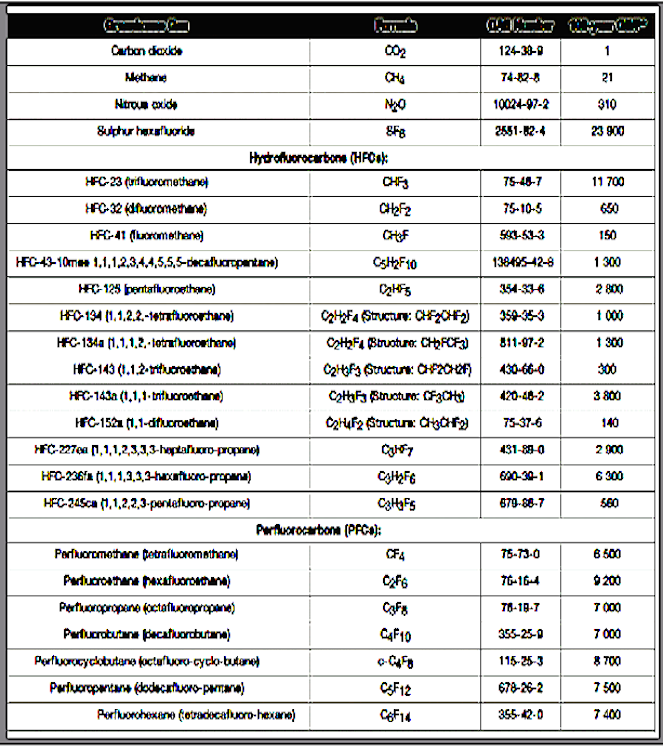

The new Air Resources Board regulation
❝ …In 1999, PG & E set a three-year goal of reducing annual SF6 emissions by 50 percent from a 1998 baseline and achieve this goal. Efforts to reduce SF6 emissions at PG & E resulted in the discovery that more equipment was leaking than the company previously thought… ❞

THE NEW F. CONTAINING REFRIGERANT
( Also known as HFO-1234yf )
HONEYWELL has hit back at a
German motoring magazine article describing its new
HFO-1234yf as a ” Killer Refrigerant.”
While car manufacturers around the world look set to standardise on 1234yf as the replacement for R134a in vehicle air conditioning systems, environmental groups and others in Germany continue to raise concerns over its flammability and the potential release of highly toxic hydrogen fluoride in the case of a fire. Under the headline
“The Killer Refrigerant”, influential German motoring magazine ‘Auto Bild’ describes HFO-1234yf as “Environmentally friendly, but dangerous”.
❝ …1234yf is yet another transitional refrigerant, 350 times less harmful than 134a, but not benign. CO2 or water as refrigerants are ideal as they are benign, and very cheap, it is just that they require expensive compressors (titanium, turbos, etc.). They are also said to be more efficient overall (they require higher compression but give even more cooling to more than make up for the extra compression energy used)… ❞ [ They cannot be patented ! ]



uses industry-leading technology Ozone friendly refrigerant
R744 (CO2)

With the potential to knock out 1% of global greenhouse gases, the world’s automotive
manufacturers are being urged to opt for the sustainable solution in “The Cool War”
as they make their decision over which new refrigerant to adopt for
mobile air conditioning in cars.



Leading science journal Nature Communications has
published an article on a “low-cost, highly energy-efficient”
aluminum battery developed by an international research
team led by National Taiwan Normal University (NTNU)
professor Chen Chia-chun (陳家俊), the university said yesterday.

100 hydrogen filling stations will be built by 2019.

Hydrogen is currently being touted by the CSIRO and the government as Australia’s next major energy export industry, valued at up to $1.6 billion by 2025, and as a potential replacement for natural gas and petrol.
Current methods for creating hydrogen from solar power involve running an electric current generated by solar panels through water and requires either highly toxic cadmium or very expensive platinum as a catalyst to kick off the process.
Curtin University’s Dr Guohua Jia said the new process uses an extremely common, and much safer material, zinc selenium, which is sold in many pharmacies around Australia as a vitamin supplement.


— SULFURYL FLUORIDE —
Sulfuryl Fluoride also a greenhouse gas, is about 4000-5000 times more
efficient in trapping infrared radiation (per kg) than CO2 (per kg).
Sulfuryl fluoride (SO2F2) developed by the Dow
Chemical Company. Sulfuryl fluorde is marketed as:
VIKANE, PROFUME, ZYTHOR and MASTER FUME
— CFCS – CHLOROFLUOROCARBONS —
… contain carbon, chlorine, and fluorine. The manufacture of these compounds has been phased out by the Montreal Protocol, because they contribute to ozone depletion. However CFCs are still leaking from old refrigerators in land fill, and it may be many years before this stops.

chemical formula CH4 also affects the degradation of the ozone layer —Methane in the Earth’s atmosphere is an important greenhouse gas with a global warming potential of 25 compared to CO2 [Which is 1 (one)]
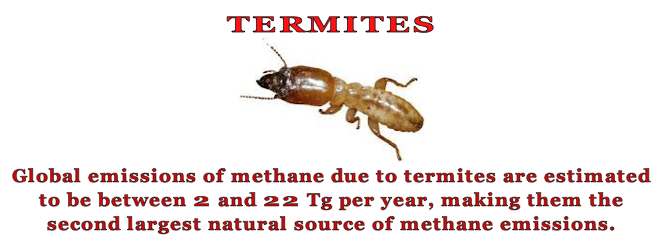
Scientists have calculated that termites alone produce
ten times as much carbon dioxide as all the fossil fuels burned
in the whole world in a year. Pound for pound, the weight of all
the termites in the world is greater than the total weight of humans.
Scientists estimate that, worldwide, termites may release
over 150 million tons of methane gas into the
atmosphere annually. In our lower
atmosphere this methane then
reacts to form carbon dioxide and ozone.

~ OXYGEN DEPLETION – AIRCRAFT ~
The environmental impact of aviation occurs because aircraft engines emit heat, noise, particulates, and gases which contribute to climate change and global dimming. Airplanes emit particles and gases such as carbon dioxide (CO2), water vapor, hydrocarbons, carbon monoxide, nitrogen oxides, sulfur oxides, lead, and black carbon which interact among themselves and with the atmosphere. Despite emission reductions from automobiles and more fuel-efficient and less polluting turbofan and turboprop engines, the rapid growth of air travel in recent years contributes to an increase in total pollution. International aviation emissions have escaped international regulation. Apart from problems of emissions, aircraft consume huge quantities of oxygen which may be of more concern.

See our post on Lead In Aviation Fuel → HERE


Southern California’s Aliso Canyon
PORTER RANCH METHANE GAS LEAK DISASTER aerial video this week showing the tremendous, continuous release of methane Los Angeles County will continue to live under a state of emergency
THE MASSIVE CALIFORNIA NATURAL GAS LEAK NO ONE IS TALKING ABOUT
Though it seems to be oddly absent from the mainstream media headlines,
a massive methane gas leak in Southern California read more

This is a good site, but not well informed on fluorides or termites ↓
→ HERE ←

~ SUNSPOTS & ‘HOCKEY STICKS‘ ~
If you go back through time you will notice many
‘Hockey Sticks’
→ Click to enlarge ←
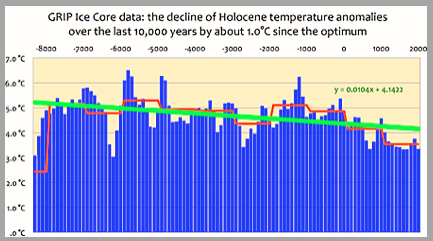

FULL TEXT → HERE
~ SUN SPOTS ~
Sun Spots are intense ‘bubbles’- storms of magnetic energy, larger than our Earth – (see the images at the top of this page). These solar storms come in eleven-year cycles (average) and are recoded in sea coral, ice cores and tree growth rings. These organic records show many climate changes long before our industrial age… The solar cycle length may also be responsible for variation in temperature as well as the number of sunspots, which also can vary in size. The affects of pollution by humans and volcanoes will not be immediate and may be delayed for months or years, making it difficult to assign blame…
With so much disagreement amongst the ‘experts’ we can only speculate. —
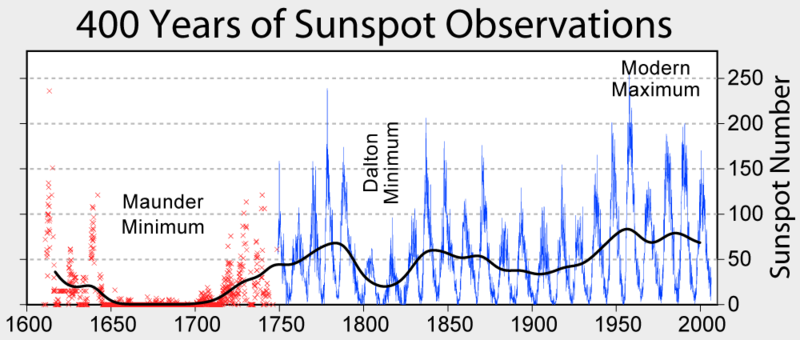


The atmospheres Mars and
Titan – also contain greenhouse gases.

See nine more pictures of Mars → HERE


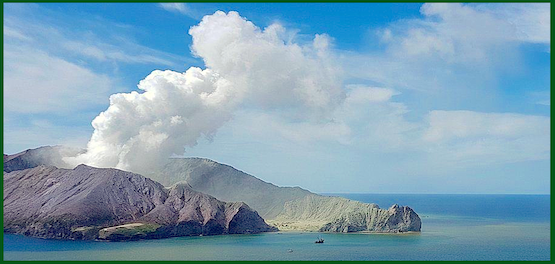
White Island New Zealand – December 2019
Extract from ‘Geology & Hazards’ – Volcanic Gases:
Gases are continually emitted from the craters and fumaroles on White Island, at rates of several hundred to several thousand tonnes per day. These gases are mostly steam, carbon dioxide and sulphur dioxide, with small quantities of halogen gases (chlorine and fluorine). The acid gases combine with water in the steam/gas clouds to form liquid acid droplets which sting the eyes and skin, and affect breathing. They also severely damage cameras, electronic equipment and clothing. Visitors to White Island should avoid steam/gas clouds, and watch for wind changes that could blow clouds in their direction. Gas masks with acid gas filters are advisable. MORE

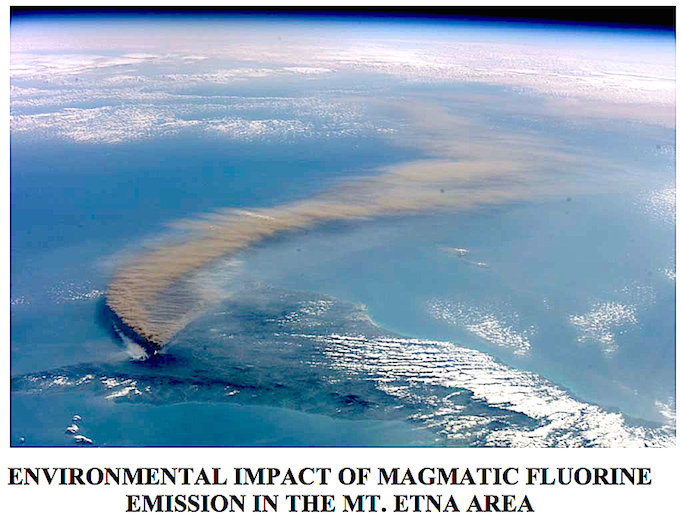


History – AD 79
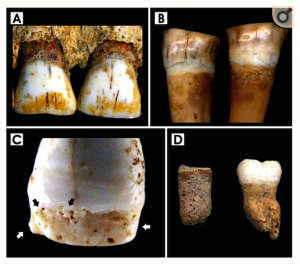
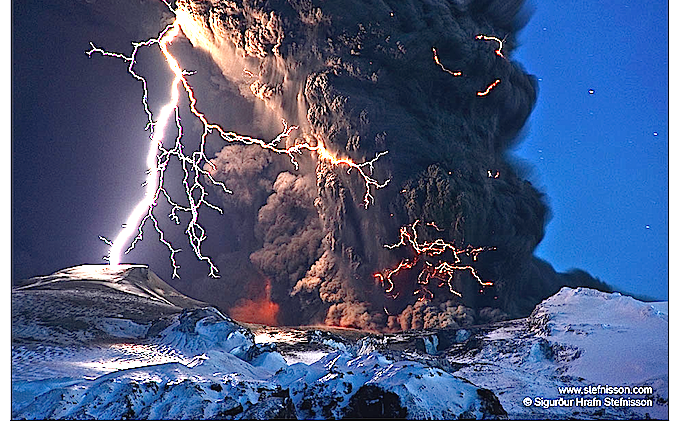
Volcanic activity, earthquakes, rainfall, power grids failures and civil unrest, increase at times of high sunspot activity. The earth and the rest of our solar system has just come through some of the lowest peaks for several thousand years hence the global heating, and droughts. We are now entering what seems to be more normal activity, some predictions are that 2012-2014 will be a VERY active time for the sun, with all the above implications… !

“…Volcanic rocks are often enriched in fluorine.
Hydrogen fluorine is, in fact, one of the most soluble
gases in magmas and exsolves only partially during eruptive activity…”

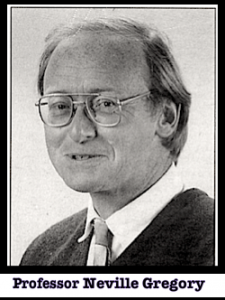

~o-o-o-O-o-o-o~
LAZKAGIGAR IN ICELAND
…Fluorides are so highly toxic that a single truckload of the industrial waste from the phosphate fertilizer industry, used to fluoridate public drinking water, is sufficient to kill the whole Australian populace outright.
The largest recorded knock down of humans, animals and crops by fluoride was the eruption of Lakagígar in Iceland over an eight-month period between 1783 and 1784, where a mixture of Hydrogen Fluoride and Sulphur Dioxide is estimated to have claimed up to 6 million lives directly or indirectly (through starvation due to loss of livestock and crops) in the Northern Hemisphere …
[Wikipedia 2015]…

Endemic fluorosis in the Herculaneum victims of the 79 AD
eruption, resulting from long-term exposure to high levels
of environmental fluoride, which still occur today.
~o-o-0-O-0-o-o~
… Obviously, if the plants are killed or buried the animals that depend on them have to move out or starve.
However, even where vegetation survives, animals can suffer. They are prone to the same respiratory problems as humans, but can also be poisoned by fluorine absorbed as hydrogen fluoride by ash particles that coat the vegetation on which they browse. An example of this occurred in Iceland in 1970, where several thousand sheep died after an eruption of Hekla, even though only about 1 mm of ash fell on their pasture.
— GLOBAL COOLING ? —
Millions of tones of fluorides, dusts and carbon dioxide are emitted from active volcanoes. The dust emissions circulating in the upper atmosphere reflect heat back into outer space, with a delay time of a few years, so we can expect more rain, earth cooling, and more earthquakes in the near future – not global warming. One year’s volcanic activity of one Indonesian volcano can discharge more carbon into the atmosphere, than we humans have throughout our history.


~ OIL, COAL AND URANIUM ~
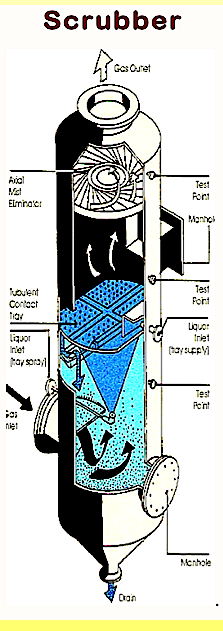
Burning coal, and oil ♦ results in pollution of the planet with mercury and a list of other chemical contaminants to stress your dictionary and the alphabet. [ Many chimneys are NOT fitted with scrubbers. ]
Nuclear power is uneconomic if the full cost of mining and the long-term management of waste and the decommissioning of power stations are included, and is therefor NOT ‘carbon neutral’.
Like fluoridation nuclear power is based on deceit and lies.
Nuclear power plants are only possible due to funding of billions of government dollars.
In a ‘carbon economy’ the overall nuclear cycle – from mining, transporting and processing uranium ore, to disposing of radioactive waste and decommissioning power plants – generates CO2. which could be the same as from a gas-fired power station. Fast-breeder reactors would result in a plutonium economy with dangerous plutonium toxicity, nuclear weapons implications and global contamination for thousands of years. (CO2 is not poisonous in fact it is plant food.) Nuclear power primary existence was to supply plutonium for bomb manufacture – not cheap electricity, and on a planet with suicide bombers security is very costly, – if not impossible.
♦ OIL IS NOT A FOSSIL FUEL:
Quote, the British Scientist, Sir Fred Hoyle FRS – “The suggestion that petroleum might have arisen from some transformation of squashed fish or biological detritus is surely the silliest notion to have been entertained by substantial numbers of persons over an extended period of time.”….

May be this is why Vladimir Putin is not popular in the ‘West’ .
Oil is not a fossil fuel. This is a theory put forth by 18th century scientists. Within 50 years, Germany and France’s scientists had attacked the theory of petroleum’s biological roots. In fact, oil is abiotic, not the product of long decayed biological matter. Oil, for better or for worse, is NOT a non-renewable resource. It, like coal, and natural gas, replenishes from sources within the mantle of earth. This is the real and true science of oil.
‘Big oil’ has a vested interest in pushing the idea that oil is scarce, hard to find, and thus costly to produce — all of which, of course, means increased revenues and profits… [Follow the money]
P.S.- There is plenty of oil in Queensland. – Why are we importing it?

NUCLEAR POWER IS NOT CLEAN OR GREEN – Even if coal, and oil, burning do not influence climate change, these activities need to be reduced and finally stopped due to the pollution they cause. Clean thermonuclear alternatives need to be pursued or Helium3. The use of atomic power stations, ships and weapons is a continual threat to the health and survival of all life on earth. The energy produced by atomic power is cancelled out by the high of cost for the long term servicing of radioactive waste, which certainly is not carbon neutral… Insurance companies do not insure against nuclear accidents – read your policy document.




Hell at Handford

LEAKING NUCLEAR WASTE CONTAMINATING GROUND WATER
– Credit Natural News –
Hanford Determines Double-Shell Tank Leaked Waste From Inner Tank.
This headline on a U.S. Department of Energy (DOE) press release from last October is bigger news than it first appeared. For the first time, the massive storage tanks built to hold some of the most radioactive nuclear waste in the world were found to be slowly leaking.
The United States campaign to build a giant arsenal of nuclear weapons during the Cold War created an environmental disaster at Hanford Site in Washington State. Highly radioactive sludge being leaked threatens to contaminate the region’s water supply.
In February, federal and state officials said six giant underground tanks holding a toxic brew of highly radioactive wastes are leaking at the 570-square-mile Hanford Reservation. The location of this nuclear waste site is right on the Columbia River in South Central Washington State. Dirtiest nuclear waste stored at the Hanford Site
Hanford is known as the dirtiest reactor site in the world. It has 1,000 inactive dumps, 200 square miles of contaminated ground water, and 50,000 drums of plutonium wastes in temporary storage. For nearly 40 years, Hanford’s eight production reactors made plutonium for hydrogen bombs for the US Military. During that process, contractors dumped plutonium, cesium, technetium, tritium, strontium and other isotopes into the air, soil, and ground water. More astonishingly, they even dumped nuclear waste directly into the Columbia River – the drinking water source for downstream cities.
Hanford has 54 million gallons of the high-level waste liquids and sludge contained in 177 aged and decrepit storage tanks. Back in the 1980s, the DOE disclosed that up to 69 of the million-gallon tanks may be leaking. February’s disclosure makes 75; six are confirmed leaking.
The Human Fallout
In 1990, a DOE analysis of radiation exposures downwind from Hanford found that infants and children were heavily contaminated because of drinking contaminated milk. The Hanford Environmental Dose Reconstruction Project found that 13,500 people may have received doses over 33 rads of iodine-131 and that infants and children closest to Hanford could have consumed between 650 and 3,000 rads. A single rad can cause thyroid cancer and other illnesses.
Cancers, miscarriages and other health problems suffered by people in the area were linked to the deliberate spewing of 5,500 curies of radioactive iodine-131 to the atmosphere in a Dec. 3, 1949, experiment called “green run,” and on the offhand dispersal of 340,000 curies in 1945 alone.
Hanford’s latest six leaks are just a microcosm of the radiation leaked from the site which continues to leak deadly nuclear waste to the Columbia River resulting in a plague of cancer and disease that seems to have no end. What is Washington State doing about this? Washington Governor Jay Inslee and the U.S. Department of Energy are each looking for answers from a private company managing the most dangerous radioactive waste at the Hanford Site, where plutonium was made for the U.S. nuclear arsenal.
Inslee has asked his top Hanford adviser to begin inquiries into the situation with the leaking double-shell tank, a spokesperson for his office said.
Inslee said, “We’re going to be reviewing this. We know how diligent I want this state to be of having a zero tolerance policy … on leaking radioactivity. It is the right policy. It is demanding, but it is legally enforceable and we’re going to continue to insist on that policy.”
Inslee added:
“We are going to be insistent that our federal partners be open and transparent with us to the extent humanly possible, that we are and will be reviewing what happened in this particular circumstance.”

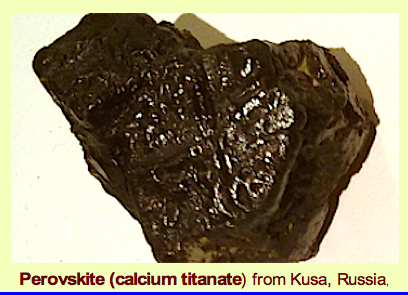
A promising new way of making high-efficiency
solar cells, using perovskites instead of silicon.


Piers Corbyn, Astrophysicist,
Managing Director & Founder of:

“There is no evidence for the CO2 climate driver
proposition in the real world using real data
over hundreds of thousands of years.
World temperatures do NOT follow CO2…”

GLOBAL COOLING – ICE AGES

Although this book is more concerned with global cooling, it covers many aspects of climate change.
We therefore commend it to anyone looking for scientific info on a broad scale, – both in time and space. ❝…Even if there is a slight global warming at present, it would be difficult to prove that this is caused by industrial atmospheric pollution. Global climate is never stable in any case, and short-term oscillations of a few centigrade degrees are probably a perfectly normal feature of our environment. Other atmospheric changes have seriously been considered as factors in the waxing and waning of the world’s ice cover. The ozone composition of the upper atmosphere is thought to be affected by solar flares and also by industrial pollution, [fluorides] but it is not certain how much global cooling and warming can be accounted for by changes in the ozone layer. Volcanic eruption may also affect the climate, especially if there are many large-scale eruptions over a short space of time which add volcanic dust [and fluorides] to the atmosphere. However, it is now thought that the effects of volcanic eruptions are short-lived, and it has been demonstrated that volcanic dust seldom remains in suspension in the atmosphere for more than seven years after an eruption… ❞
OTHER ISSUES DEALT WITH IN THIS BOOK INCLUDE
— INTERNAL —
1 Variations in the Earth’s core – alterations in the output of heat from
radioactive materials [natural] inside the Earth.
2 Alterations in the direction and strength of the convection currents
which may exist within the Earth’s mantle. – geothermal heat flux.
3 Frequency of reversals of the Earth’s magnetic fields.
(Over 80 in the last 2,000 million years.)
— SOLAR —
4 Our sun is a slightly variable star.
Its energy is output is NOT a constant. – Őpic.
5 There may be a ‘flickering’- on a timescale of the order of 250-300 million years.
6 Many periodicities have been recognized or assumed, ranging from millions of
years
to less than a year.
7 Solar emission cycles with periods of between 200,00 and 400,000 years have received particular attention.
8 Sunspot cycles. [11 year average]
9 Precession of the equinoxes: 21,000 – 25,000 years
10 The obliquity of the Earth’s orbit: c. 41,000 years
11 The eccentricity of the Earth’s orbit: 90,000 – 100,000 years
— GALACTIC —
12 The Solar System moves up and down through the galactic plane.
13 The effects of interstellar dust veils.
14 Solar winds from other stars.
15 Changes in spin-rate of the Earth.
❝ Each of these factors might lead independently to small coolings and warmings of the global climate, but substantial climatic changes such as those involved in the initiation of an ice age can probably not occur until three factors are ‘favourable’ phased at the same time…❞
— THE LITTLE ICE AGE IN WEST ANTARCTICA —
It synchronous with the Little Ice Age in the Northern Hemisphere “probably caused by a change in solar and volcanic forcing”…
Reference:
Orsi, A.J., Cornuelle, B.D. and Severinghaus J.P. 2012.
Little Ice Age cold interval in West Antarctica:
Evidence from borehole temperature at
The West Antarctic Ice Sheet (WAIS) Divide.
Geophysical Research Letters 39: 10.1029/2012GL051260.




SOME NEW CLEANER OPTIONS:
– BLACK SMOKERS –
Hydrothermal Vents (Under the sea)
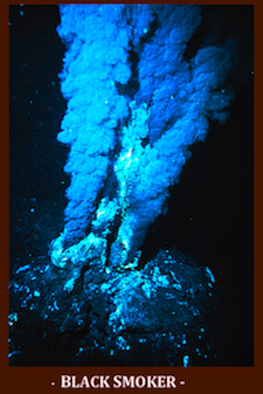
Hydrothermal vents exist at the ocean floor, 2100m (7000ft) below the surface.
They exist in many oceans around the world, especially in the Pacific and Atlantic.
A short must watch ↑


– HELIUM-3 –
Europe, China, India and Russia are also space nations. China is planning to mine Helium-3 on the moon, where it is plentiful, for a future fusion economy.
[ Provided: → No one else is there first! ← ]
Fusion power (not radioactive) based on Helium-3 will give us all clean energy for thousands of years.
Helium-3 fusion produces charged particles called protons, which create plasmas that can be contained and redirected by electromagnetic fields to produce electricity directly, rather than using less efficient steam turbines!

– THORIUM REACTORS –
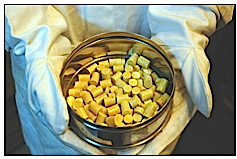
Thorium reactors COULD be a safer alternative than uranium, but this would not suit the military – (no bomb material) or the uranium industry, as it would give more nations access, to power, as thorium is more ubiquitous than uranium. Both India and China are researching this now. (Australia has the largest known deposits of Thorium in the world.) More info on Thorium reactors → HERE

– WIND POWER –
Japanese breakthrough will make wind power cheaper than nuclear power.
A surprising aerodynamic innovation in wind turbine design called the ‘wind lens’ could triple the output of a typical wind turbine, making it less costly than nuclear power.
NOTE: Some major wind projects like the proposed
TWE Carbon Valley project in Wyoming are already pricing in significantly lower than coal power – $80 per MWh for wind versus $90 per MWh for coal – and that is without government subsidies using today’s wind turbine technology.



Credit : 
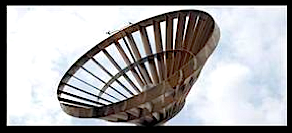

— NEW SOLAR CELLS + D C Wind Turbines —
The new efficient solar cells that respond to none visible light, (still work on cloudy days), optical double sided cells, DC wind turbines that can operate at any wind speed and do not require a gearbox. Peaking power plants and base load hydro-power from stored water pumped up behind dams by wind turbines, at off peak times, offer some cleaner options until we progress further with cold or hot fusion (helium 3), conversion of water into hydrogen, or the harnessing neutrinos, Hydrothermal, or whatever scientists discover in the future… ‘The Blue Economy’ as per Gunter Pauli, is offering many other innovations of great merit.
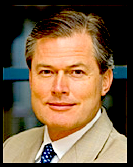

USA RESEARCH
Japan’s recent tragic nuclear experience may stimulate some new developments worldwide. However industrial corruption, electronic sabotage and debt banking in the USA will hinder these technical developments there and, its support for Israel with its endless Middle East wars will bleed the USA white, financially, thus reducing its research and development potential.
The myth of global warming, driven by massive well-financed media-protected propaganda, has persuaded many politicians and centers of learning that carbon dioxide (CO2) is a problem. – [Now tought at schools.]
See extract→ Eisenhower’s Farewell Speech ← But, as explained above, ‘It ain’t necessarily so’.

The Theory of CO2 and Global Warming
May Be Seriously Flawed
And External Cosmic Forces Are More Likely Explanations
“Global Dimming” … inhibition of photosynthesis and agricultural production.
“MUST WATCH”

Maybe that is why 31,487 scientists, including 9,029 with PhDs, reject man-made global warming by carbon dioxide.
→ www.petitionproject.org/ ←
See also the book ‘Heaven+ Earth” by Professor Ian Plimer

❝ I don’t pretend to understand the Universe — it’s a great deal bigger than I am. ❞
Carlyle – in his Old Age


AS THE CLIMATE CHANGES, EITHER TO HOT OR COLD.
THESE COMMON SENSE RULES STILL APPLY :
1) Don’t build or live close to fault lines, volcanoes, on steep slopes, or close to water,
( wharves being the exception ).
3) Manage all human activities as sustainably as possible:
Clean Air, Clean Water, Clean Food, and Clean Fire.

More information is also available:
To receive weekly summaries of this new material posted on the NIPCC
(Non Governmental International Panel On Climate Change) website
(Not connected to us), → click here.
Postal Address:NIPCC Project
Center for the Study of
Carbon Dioxide & Global Change
P.O. Box 25697
Tempe, AZ 85285-5697
USANIPCC_contact “at” nipccreport.org

A ‘few’ solar panels in China!
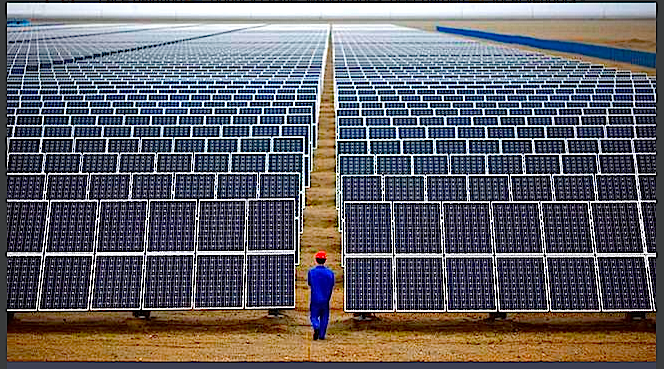


The Australian “Carbon Tax” will WAS TO be paid in-part to the
United Nations World Government not by choice, – but by law.
Ex- ‘Prime Minister Julia Gillard’s new tax was to be used to allow Australia to meet its share of a $100 billion-a-year United Nations fund to transfer wealth from rich countries to help undeveloped nations adapt to global warming. The Gillard Government was party to a UN agreement which Climate Change Minister Greg Combet entered into in December at a meeting in Cancun, Mexico, under which about 10 per cent of carbon taxes in developed nations will go into a Green Climate Fund.
❝ … They [Australians] do not want a carbon tax, not because they do not care about the environment but because they know that it will do nothing for the environment. They know that it will not lower global temperatures one jot or tittle. We absolutely know that and no-one has ever disputed it. They also know that billions of their dollars are going to be sent offshore to unaccountable regimes or organisations. You are going to see it go to an international United Nations fund and you are also going to have to buy permits from nations which have a less than rigorous reputation for financial transparency and honesty.
These are things that all concern us… ❞

Cory Bernardi
He makes no mention of other atmospheric pollutants,
– still he has got it right so far!
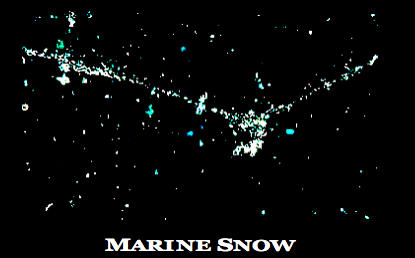
‘MARINE SNOW’ – PART OF NATURES CARBON SEQUESTRATION –
… Because of the relatively long residence time of the ocean’s thermohaline circulation, carbon transported as marine snow into the deep ocean by the biological pump can remain out of contact with the atmosphere for more than 1000 years. That is, when the marine snow is finally decomposed to inorganic nutrients and dissolved carbon dioxide, these are effectively isolated from the surface ocean for relatively long time-scales related to oceancirculation. Consequently, enhancing the quantity of marine snow that reaches the deep ocean is the basis of several geoengineering schemes to enhance carbon sequestration by the ocean. Ocean nourishment and iron fertilisation seek to boost the production of organic material in the surface ocean, with a concomitant rise in marine snow reaching the deep ocean. As of yet, these efforts have not produced a sustainable fertilization that effectively transports carbon out of the system…
Credit Wikipedia
… The small percentage of material not consumed in shallower waters becomes incorporated into the muddy “ooze” blanketing the ocean floor, where it is further decomposed through biological activity. About three-quarters of the deep ocean floor is covered in this thick, smooth ooze. The ooze collects as much as six meters (20 feet) every million years. It is usually 289 meters (948 feet) thick,
– but can be up to nearly 10 kilometres (6.2 miles) thick…
Credit NOAA – Wow, that IS a lot of carbon !

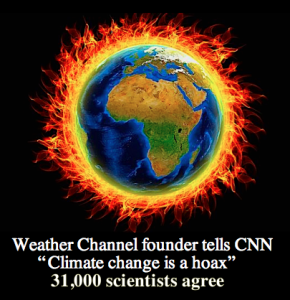
Full story → HERE
Wednesday, 21 June 2017 by: Tracey Watson

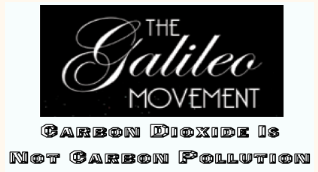
Global warming stopped 16 years ago, reveals Met Office
report quietly released… and here is the chart to prove it:
-
The figures reveal that from the beginning of 1997 until August 2012
there was no discernible rise in aggregate global temperatures
-
This means that the ‘pause’ in global warming has now lasted for about
the same time as the previous period when temperatures rose, 1980 to 1996
PUBLISHED: 21:42 GMT, 13 October 2012 |
UPDATED: 13:59 GMT, 16 October 2012
-
-
The world stopped getting warmer almost 16 years ago,
according to new data released last week.
The figures, which have triggered debate among climate scientists, reveal that from the beginning of 1997 until August 2012, there was no discernible rise in aggregate global temperatures.
This means that the ‘plateau’ or ‘pause’ in global warming has now lasted for about the same time as the previous period when temperatures rose, 1980 to 1996. Before that, temperatures had been stable or declining for about 40 years.
– – – – – – – – – ——‹<◊>›—— – – – – – – – – – –
– – – – – – – – – – –‹<◊>›– – – – – – – – – – –
– – – – – – – – –‹<◊>›– – – – – – – – –
A Luna Diversion.
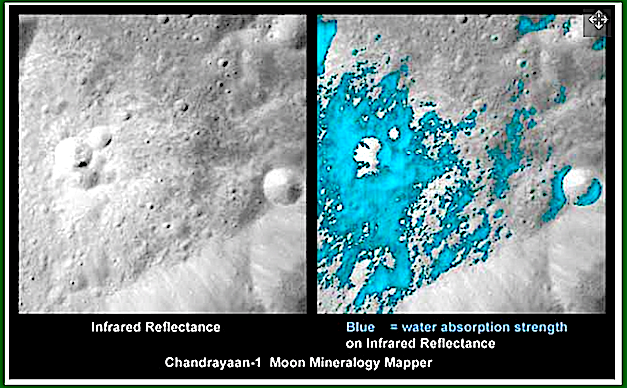
Many experts were shocked by the 2009 discovery of water on the moon,
which was long thought to be bone-dry.
These images show a very young lunar crater on the side of the moon that faces away from Earth,
as viewed by NASA’s Moon Mineralogy Mapper on the Indian Space Research Organization’s
Chandrayaan-1 spacecraft. On the left is an image showing brightness at shorter infrared wavelengths.
On the right, the distribution of water-rich minerals (light blue) is shown around a small crater.
Both water- and hydroxyl-rich materials were found to be associated with material ejected from the crater.
See page 205 → ‘Inside The Space Ships’ by George Adamsky [1953] ← p. 209 regarding water on the far side of the Moon.
Try not to get too hot under the collar about global warming.




